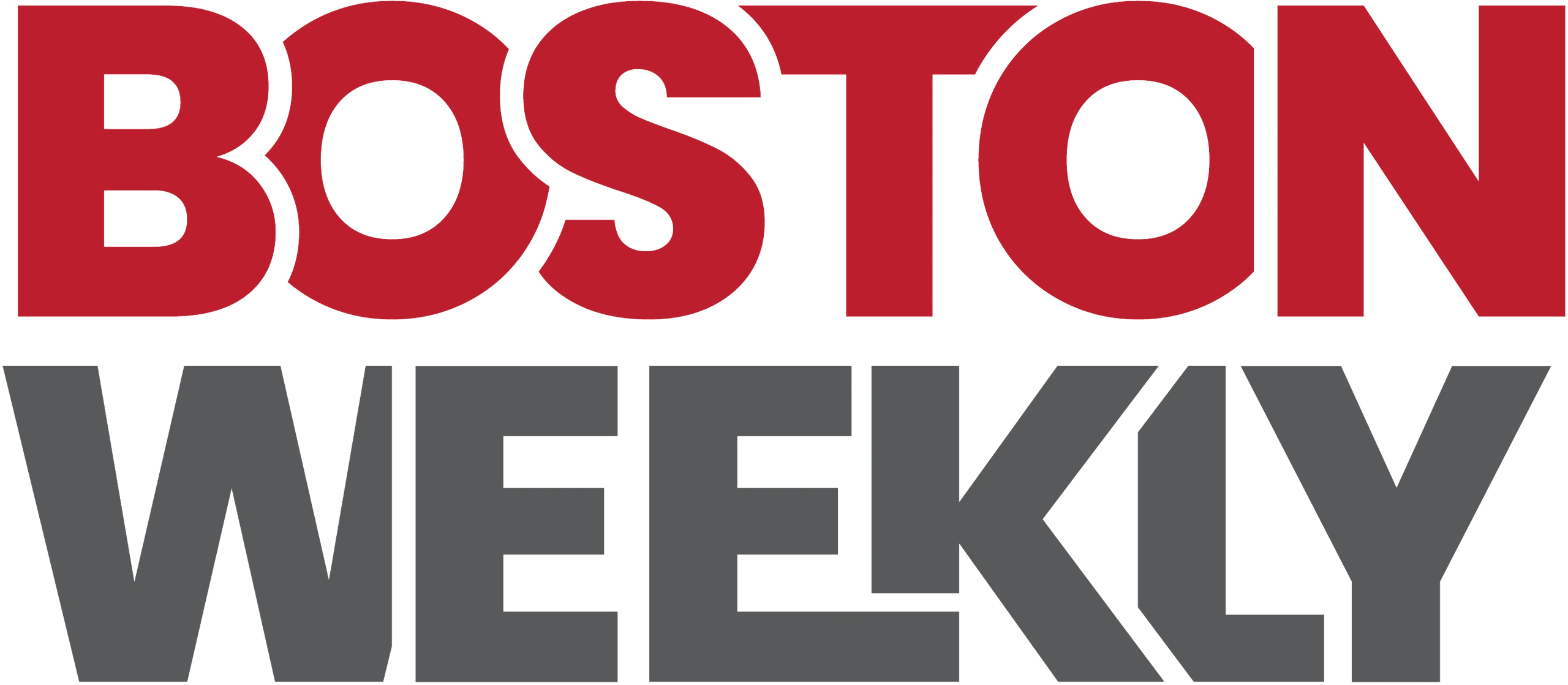Public-private partnerships (PPPs) are increasingly becoming a vital catalyst in advancing new transportation projects across the country. By combining the resources and expertise of both government entities and private sector companies, these collaborative ventures are accelerating the development of critical infrastructure, improving efficiency, and delivering innovative solutions to meet growing mobility demands. As challenges such as aging infrastructure and budget constraints persist, PPPs offer a promising model to bridge funding gaps and bring transformative transportation initiatives from planning stages to reality. This trend signals a notable shift in how transportation projects are conceived, financed, and executed in the modern era.
Table of Contents
- The Role of Public-Private Partnerships in Modernizing Infrastructure
- Innovative Funding Models Accelerating Transportation Developments
- Challenges and Solutions in Collaborative Project Management
- Best Practices for Ensuring Accountability and Transparency in Partnerships
- In Summary
The Role of Public-Private Partnerships in Modernizing Infrastructure
Modern infrastructure projects increasingly depend on strategic collaborations between the public sector and private enterprises to meet both funding and innovation demands. These partnerships leverage private capital and expertise to accelerate the development and deployment of transportation systems,reducing taxpayer burden while enhancing project efficiency. By sharing risks and resources, stakeholders drive advancements in design, construction, and operation, resulting in more resilient and adaptable transit networks that can better serve growing urban populations.
Key benefits fueling the rise of these collaborations include:
- Access to cutting-edge technology and private sector innovation
- Streamlined project timelines through shared accountability
- Improved maintenance and lifecycle management via private-sector incentives
- Enhanced financial versatility reducing reliance on public debt
Such integrated efforts also foster sustainable development goals, as private partners often bring environmental considerations and performance-based metrics to the forefront. This synergy between public mandates and private ingenuity is essential in overcoming traditional bureaucratic constraints, ensuring transformative transportation projects not only launch on time but are built to last.
Innovative Funding Models Accelerating Transportation Developments
Innovative funding mechanisms are reshaping the landscape of transportation infrastructure, enabling accelerated progress through strategic collaborations. Public-private partnerships (PPPs) have emerged as a vital catalyst, combining government oversight with private sector efficiency and investment. This hybrid approach not only leverages private capital but also injects much-needed expertise, spurring advances in critical projects-ranging from modernizing key African ports to upgrading rural road networks in Southeast Asia. Consequently,these partnerships are helping to overcome traditional funding constraints and speeding delivery timelines for vital transport hubs.
Key to the success of these models is their emphasis on sustainability and inclusivity. Governments and private partners are increasingly adopting:
- Risk-sharing frameworks that balance financial exposure
- Performance-based contracts aligned with long-term operational goals
- Community engagement initiatives to ensure infrastructure benefits reach vulnerable populations
Together, these elements cultivate environments where investments help reduce inefficiencies and directly contribute to broader social outcomes such as enhanced food security by improving logistics corridors crucial for supply chains across Africa and beyond.
Challenges and Solutions in Collaborative Project Management
Collaborative project management within public-private partnerships (PPPs) for transportation initiatives frequently enough encounters obstacles related to interaction gaps, misaligned goals, and regulatory complexities. Differing organizational cultures and priorities between public agencies and private firms can slow decision-making and escalate project timelines. Additionally, navigating the labyrinth of compliance and funding approvals creates friction that challenges seamless coordination. These issues demand robust frameworks to synchronize stakeholders, streamline facts flow, and clarify roles to maintain momentum and accountability.
To overcome these hurdles, innovative solutions are being deployed that emphasize transparency and flexibility. Key strategies include:
- Integrated digital platforms enabling real-time data sharing and progress tracking;
- Clear governance structures that define responsibilities and dispute resolution pathways;
- Regular cross-sector workshops fostering mutual understanding and alignment of objectives;
- Adaptive project management methodologies that allow rapid responses to regulatory or environmental changes.
By adopting these approaches, PPPs not only mitigate risks but also enhance collaboration efficacy, driving transportation projects toward timely completion and public benefit realization.
Best Practices for Ensuring Accountability and Transparency in Partnerships
Effective partnerships in transportation projects hinge on a foundation of firm accountability mechanisms that clearly define roles, responsibilities, and reporting obligations. Transparency is boosted when all stakeholders commit to open communication channels and share progress updates regularly. Integrating autonomous audits and public disclosures ensures external verification and reinforces public trust. Embedding accountability practices such as formal performance metrics and consequences for non-compliance helps maintain focus on project goals and timely delivery.
Particular emphasis should be placed on fostering an inclusive surroundings where stakeholder feedback is systematically gathered and addressed. Utilizing digital platforms for real-time data sharing and project monitoring can significantly enhance transparency. Best practices also include:
- Regular stakeholder forums to discuss project milestones and challenges
- Clear documentation of agreements and decisions accessible to all partners
- Consistent risk management approaches tailored to public and private sector needs
These strategies cultivate trust and pave the way for sustained collaboration in public-private transportation ventures.
In Summary
As public-private partnerships continue to reshape the landscape of transportation infrastructure,they stand as a testament to the power of collaboration between the public sector and private industry. These alliances are not only accelerating project timelines but also enhancing innovation, efficiency, and funding opportunities. As communities across the nation look to modernize and expand their transit systems, the evolving model of public-private cooperation will undoubtedly play a pivotal role in driving sustainable and forward-looking transportation solutions. The path ahead is one of shared responsibility and mutual benefit-one that could redefine the future of mobility for generations to come.

